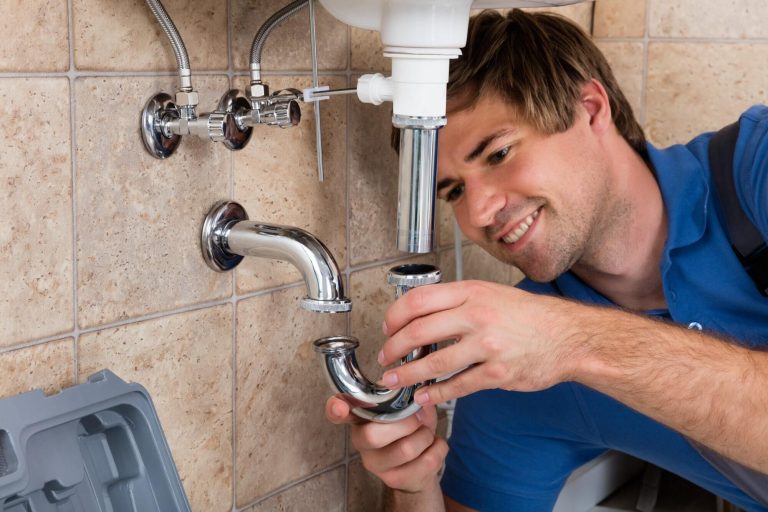A bathroom sink drain with overflow is a part of the plumbing system that allows water to flow over the top of the drain and into a tub or sink, which can then be emptied without having to use the main drain.
The purpose of a bathroom sink drain with overflow is to provide an alternative outlet for excess water that would otherwise flow down the main drain.
How to Get Rid of Bathroom Sink Drain Smells?
There are many ways to get rid of bathroom sink drain smells. You can use a few simple steps to eliminate the smell and prevent it from returning.
Bathroom sink drain smells can be really bothersome and even embarrassing, but there are some easy ways to get rid of them. Here are some tips that you can try:
– Clean the trap daily with a sponge or scrub brush
– Pour vinegar into the trap
– Use a baking soda solution
– Place an ice cube in the drain
What are the Causes of a Bathroom Sink Drain with Overflow and how can it be prevented?
Overflows in drains can cause many problems. There are many causes of overflows in drains that can be prevented with care and attention.
Causes of overflows in drains:
– The drain is clogged with hair or debris, causing it to overflow.
– The sink or toilet is too low to the floor, causing the water to go down into the drain instead of draining out of the sink or toilet.
– A bathtub stopper that is not properly secured, allowing water to flow into the tub and overflow into the drain.
You May Also Like: Follow Bathroom Design You must be Focusing on
What is a Trench Drain?
Trench drains, also known as French drains, are water-carrying pipes that are installed in a trench to divert rainwater away from paved surfaces. The trench drain can be made of concrete or metal and can be buried along the side of the street or under the sidewalk.
Reasons to Use a Trench Drain instead of the Traditional Bathroom Sink Drain
Trench drains are often used in commercial buildings because they eliminate the risk of water damage and overflow.
Trench drains are typically installed under the floor and can be connected to the main drain pipe or a smaller overflow pipe. They are usually made of cast iron, PVC, or ABS plastic and have an open top. They can be installed on floors that have been poured with concrete or asphalt.
The advantages of trench drain over traditional bathroom sinks include:
– Elimination of standing water in the basement
– Prevention of sewer back-up
– Elimination of sewer gases from entering the building
– Prevention of basement flooding
What are the Durability and Maintenance Benefits of Trench Drains?
When it comes to trench drains, the durability and maintenance benefits are what make them so popular.
Trench drains are more durable than other types of drains, such as a pipe. They are also more reliable because they don’t have joints that can get clogged and provide better drainage. Trench drains are also easy to maintain because they don’t require a lot of maintenance.
How to Install a New Drain Stopper in the Kitchen or Bathroom Sink of your House
A drain stopper is a device that is placed in the sink to prevent clogs from forming. It’s typically made of rubber and plastic, which are flexible materials that can be molded into different shapes. Installing a new sink drain stopper is easy when you have the right tools in your toolkit.
How to successfully install a sink drain stopper. Using a plunger.
Step 1: Unscrew the old stopper First, unscrew the old sink drain. You can use your hands to unscrew it or you can use a socket wrench on an adjustable wrench.
Step 2: Screw in the new sink drain stopper Next, screw in the new sink drain stopper by inserting one end of the stopper into the drain, and then twisting the other end of the stopper to tighten it in place.
Step 3: Turn on the water
Insert the stopper into the drain, and then turn on the water to test for leaks.
You May Also Like: 10 Tips for Hiring the Perfect Ruby Developer

